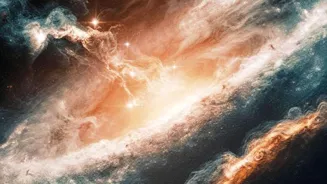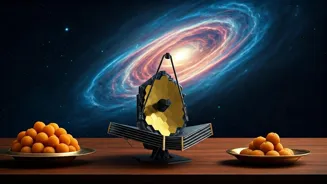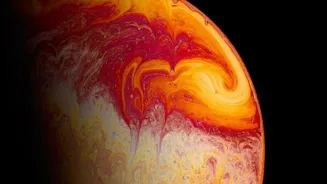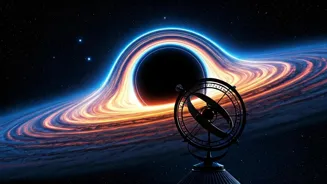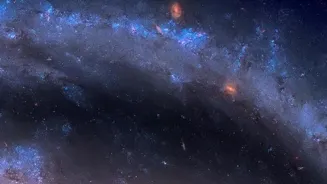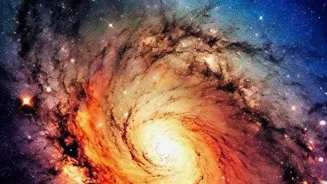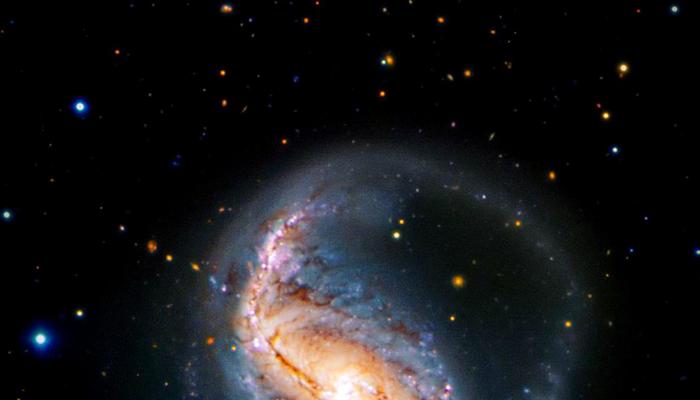Unveiling Galaxies: Dive into the Marvels of Cosmic Structures. Explore galaxies' beauty and mysteries, from formation to collision. Read more to discover the artistry and science of the universe's grand
tapestry
From time immemorial, mankind has looked up at the night sky, speckled with shimmering stars, and wondered about the vast expanse beyond our world.
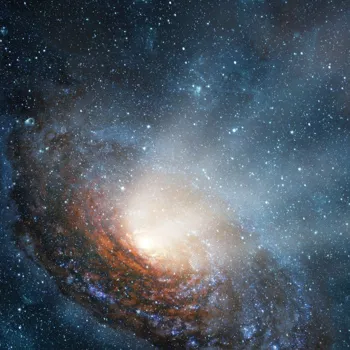
With advancements in technology, especially space telescopes like Hubble and the more recent James Webb Space Telescope (JWST), we are now able to peer deeper into the cosmos than ever before, revealing the breathtaking beauty and intricate structures of galaxies.
These cosmic islands, swirling collections of stars, gas, dust, and dark matter, offer a profound glimpse into the universe's past, present, and future. It's like peeking into a cosmic history book, with each galaxy telling its own story of formation, evolution, and eventual fate.
The images and data we receive are not just scientific advancements but also works of art, painted by the grand master architect of the Universe.
Galaxies form cosmic web, interact, collide to create new ones
Galaxies aren't just randomly scattered in space, rather, they are organized into groups, clusters, and superclusters, forming a gigantic cosmic web. Our own galaxy, the Milky Way, is part of the Local Group, which also includes the Andromeda galaxy and several smaller dwarf galaxies.
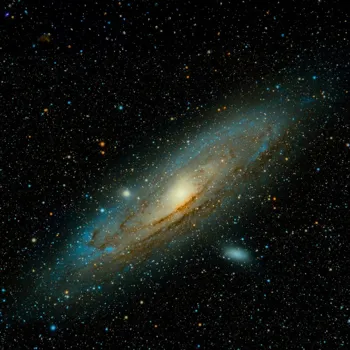
These galaxies are gravitationally bound, meaning they are held together by the force of gravity, constantly interacting and influencing each other's evolution.
The Andromeda galaxy, our closest large galactic neighbor, is actually on a collision course with the Milky Way, expected to collide in about 4.5 billion years. This collision will not be a destructive event, but rather a merger, creating a new, larger galaxy.
This event shows how dynamic and ever-changing the universe is.
Spiral galaxies' star formation, black holes shape evolution
One of the most awe-inspiring sights are spiral galaxies, such as the Milky Way and Andromeda. These galaxies are characterized by their swirling arms, which are regions of intense star formation, giving them a vibrant blue color.
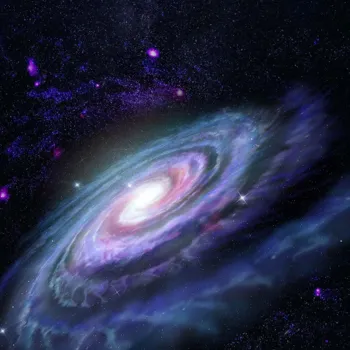
The arms are not permanent features, but rather density waves that move through the galaxy, triggering star birth as they pass through. At the center of most spiral galaxies lies a supermassive black hole, millions or even billions of times the mass of our sun.
These black holes play a crucial role in regulating the galaxy's evolution by controlling the flow of gas and dust. They influence even activity far away from the galactic centers, shaping the structure and dynamics of the entire galaxy.
Elliptical galaxies: older, round, less star formation; range in size, cluster centers
Elliptical galaxies, on the other hand, are smoother and more rounded in shape, lacking the distinct spiral arms of their spiral cousins. They are typically older galaxies, having used up most of their gas and dust, resulting in less star formation.
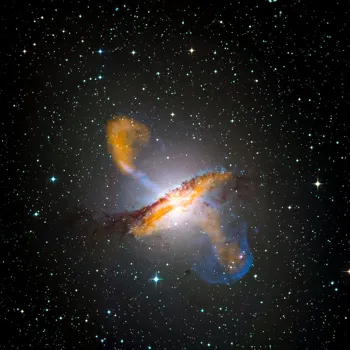
They often appear yellowish or reddish in color, due to the abundance of older, redder stars. Elliptical galaxies can range in size from small dwarf galaxies to giant galaxies that are many times the size of the Milky Way.
These massive ellipticals often reside at the centers of galaxy clusters, having grown by merging with smaller galaxies over billions of years. The varied sizes and shapes of these galaxies reflect the various ways they've grown and changed over cosmic time.
Irregular galaxies offer insights into galaxy evolution and diversity
Irregular galaxies are those that do not fit neatly into the spiral or elliptical categories. They often have chaotic shapes, resulting from gravitational interactions with other galaxies or recent mergers.
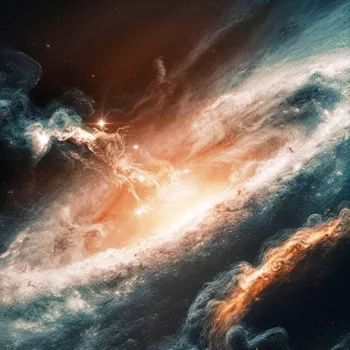
These galaxies are typically smaller and more actively forming stars than spiral or elliptical galaxies. One famous example of an irregular galaxy is the Large Magellanic Cloud, a satellite galaxy of the Milky Way.
Irregular galaxies offer valuable insights into the processes of galaxy evolution and the effects of gravitational interactions. They are like imperfect works of art, adding to the diversity and complexity of the galactic zoo.
James Webb Space Telescope revolutionizes galactic studies by observing infrared light
The James Webb Space Telescope has been a game-changer in galactic studies. Its ability to observe infrared light allows it to peer through dust clouds, revealing features that were previously hidden from view.
With JWST, astronomers are studying the earliest galaxies that formed in the universe, providing clues about the universe's birth. These observations also help in finding organic molecules in other galaxies, possibly shedding light on whether life can exist elsewhere.
The telescope is not just an instrument, it's a time machine, allowing us to look back into the universe’s childhood.
AI Generated Content. Glance/InMobi shall have no liability for the content
